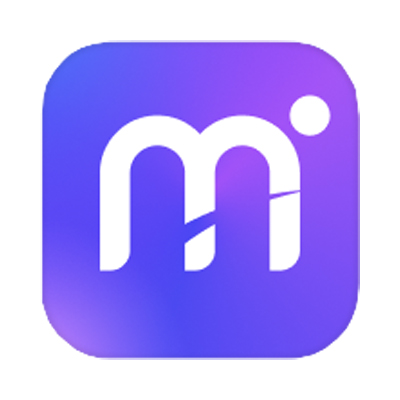The M4R filetype, primarily associated with Apple devices, specifically iPhones, represents a standard for ringtones. M4R files are essentially AAC encoded music files with a different extension. This differentiation is Apple's way of designating the file's purpose specifically for ringtones, distinguishing them from the more general M4A audio files used for music tracks.
History of M4R Filetype
The creation of the M4R filetype was driven by the need to personalize mobile phone alerts. Shortly after the iPhone's introduction in 2007, Apple Inc. introduced M4R files with iTunes to allow users to customize their ringtones. Given Apple's emphasis on a closed ecosystem, the M4R format became the exclusive ringtone format for iOS, reinforcing the brand's identity and user experience.
How M4R Files Work
M4R files operate by storing short clips of audio data, typically 30 seconds or less, which can be easily identified by iOS as ringtones. The proprietary nature of the format means that while they are based on the MPEG-4 standard, specific encoding settings ensure compatibility with Apple devices.
Software Supporting M4R Files
The key software for handling M4R files is Apple's iTunes, which allows for the creation, import, and syncing of ringtones to iOS devices. Additionally, a range of audio editing software also supports the conversion to and from M4R, accommodating the need for broader personalization choices for users. Examples of such software include Audacity, with the right codecs, and professional tools like Adobe Audition.
Alternatives to M4R
While M4R is the standard for iOS, several alternatives exist for other platforms. For Android devices, the MP3 or OGG formats are commonly utilized for ringtones. Furthermore, services like online converters or ringtone maker apps offer functionality to transform other audio file types into the necessary format for a variety of smartphone operating systems, thus broadening the scope of customization across devices.









